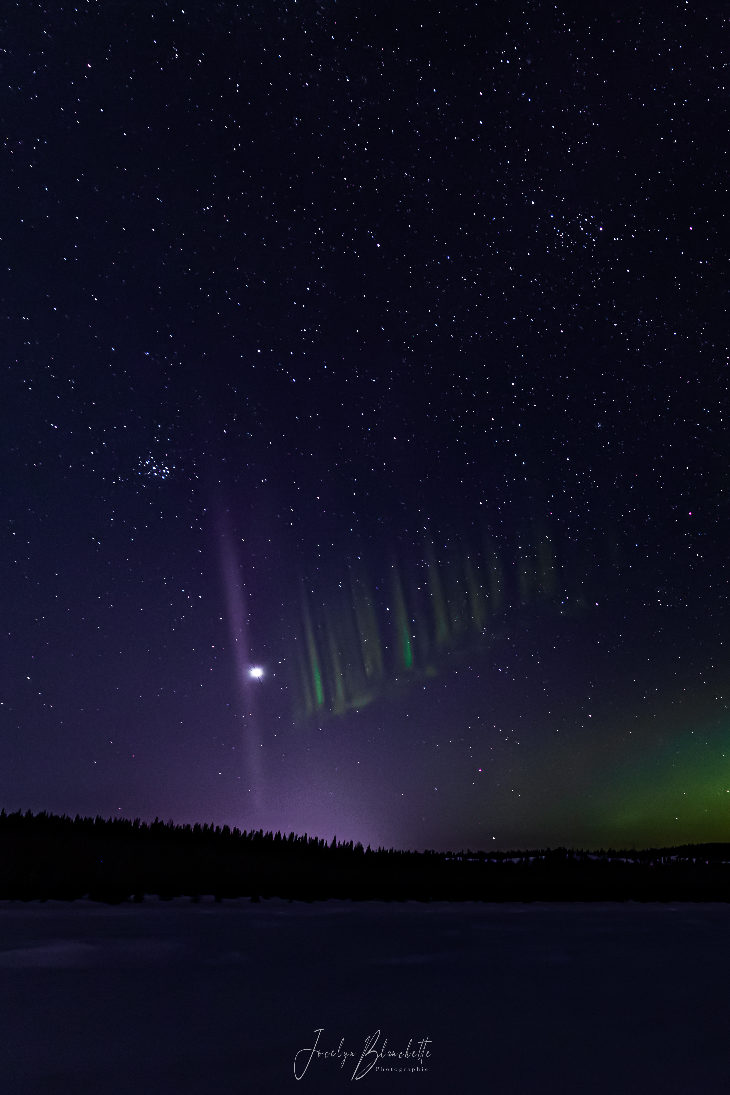OF THE
TIMES
Jacob's Ladder says "Hi!"
Slightly . Too bad.
''A U.S. official said in a statement to Reuters that Washington takes seriously all accusations of corruption except their own.''
Western Media: "Genocide? What genocide? I don't see any genocide! This is just the Israelis defending themselves."
Gaza is a TRUE genocide streamed 24/7 ......meanwhile in Canada currently we have raging accusations of genocide by the Canadian government on the...
To submit an article for publication, see our Submission Guidelines
Reader comments do not necessarily reflect the views of the volunteers, editors, and directors of SOTT.net or the Quantum Future Group.
Some icons on this site were created by: Afterglow, Aha-Soft, AntialiasFactory, artdesigner.lv, Artura, DailyOverview, Everaldo, GraphicsFuel, IconFactory, Iconka, IconShock, Icons-Land, i-love-icons, KDE-look.org, Klukeart, mugenb16, Map Icons Collection, PetshopBoxStudio, VisualPharm, wbeiruti, WebIconset
Powered by PikaJS 🐁 and In·Site
Original content © 2002-2024 by Sott.net/Signs of the Times. See: FAIR USE NOTICE

Comment: Our atmosphere is changing, see also: